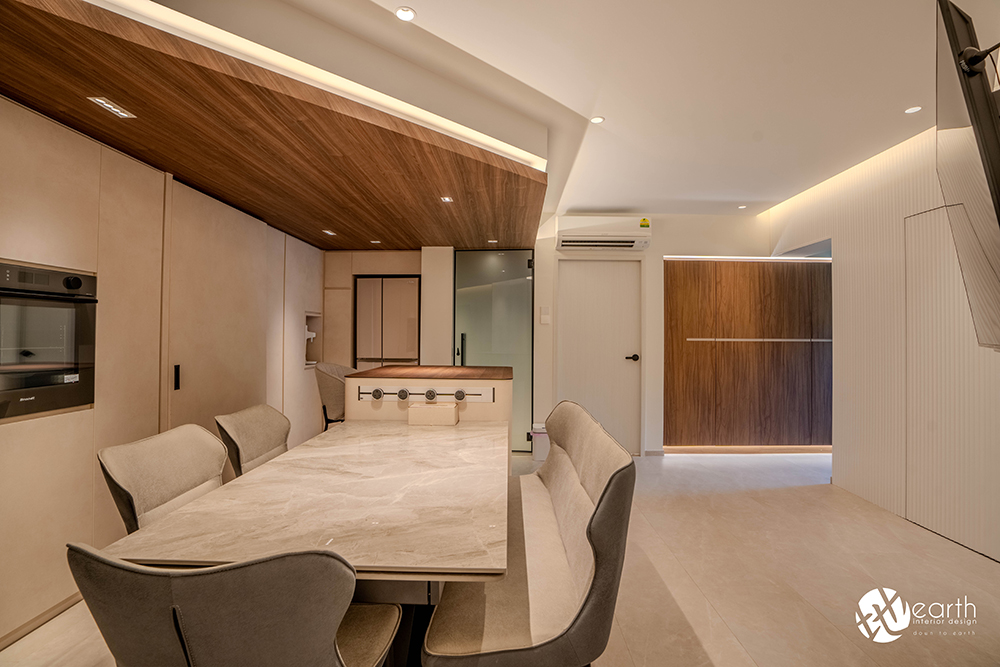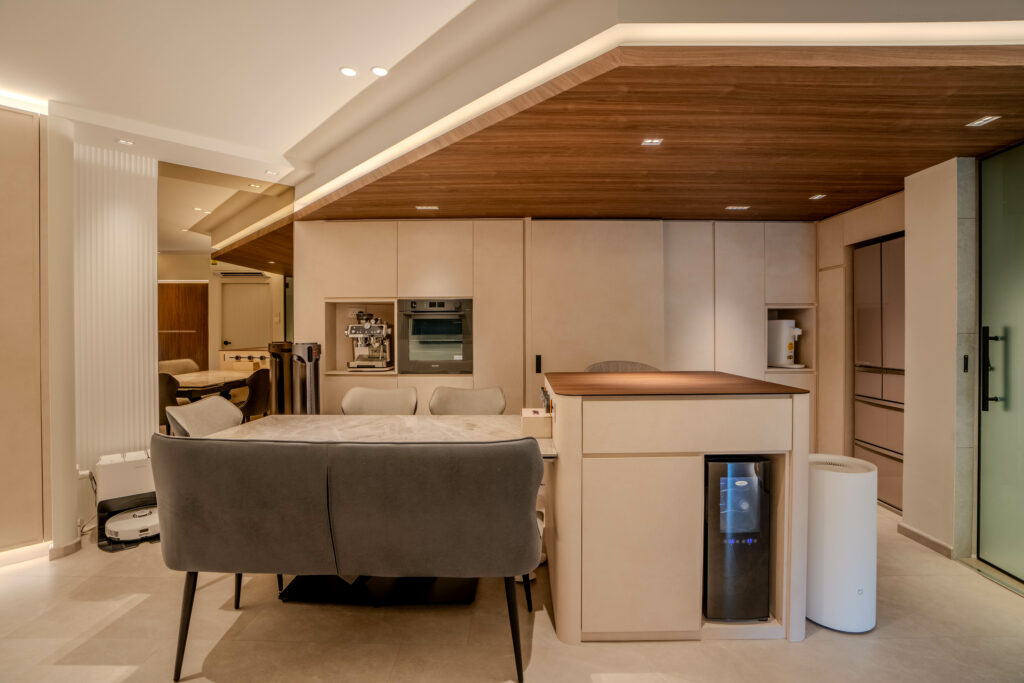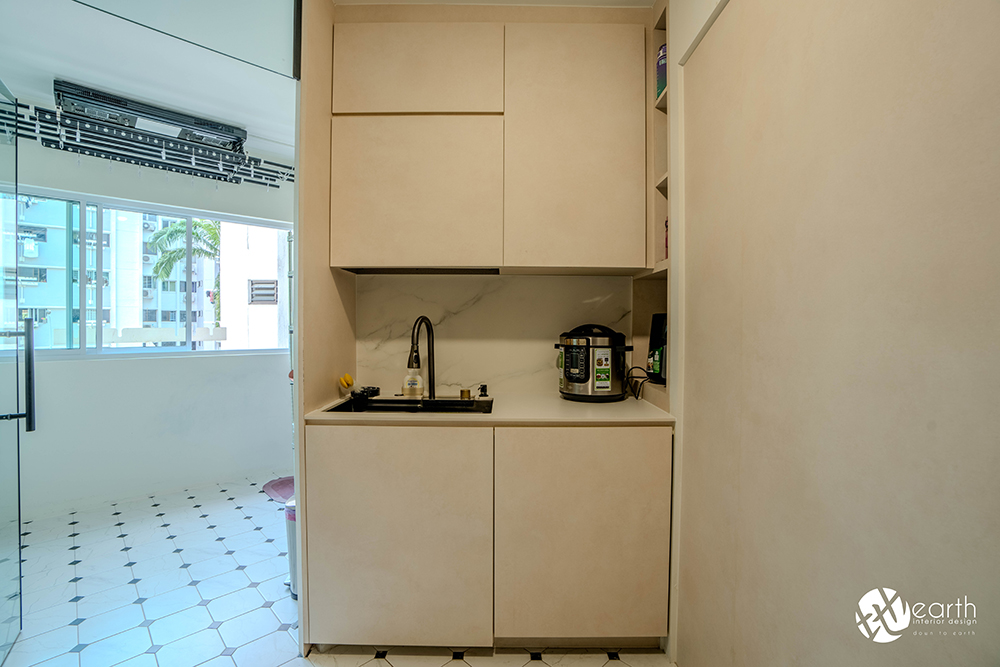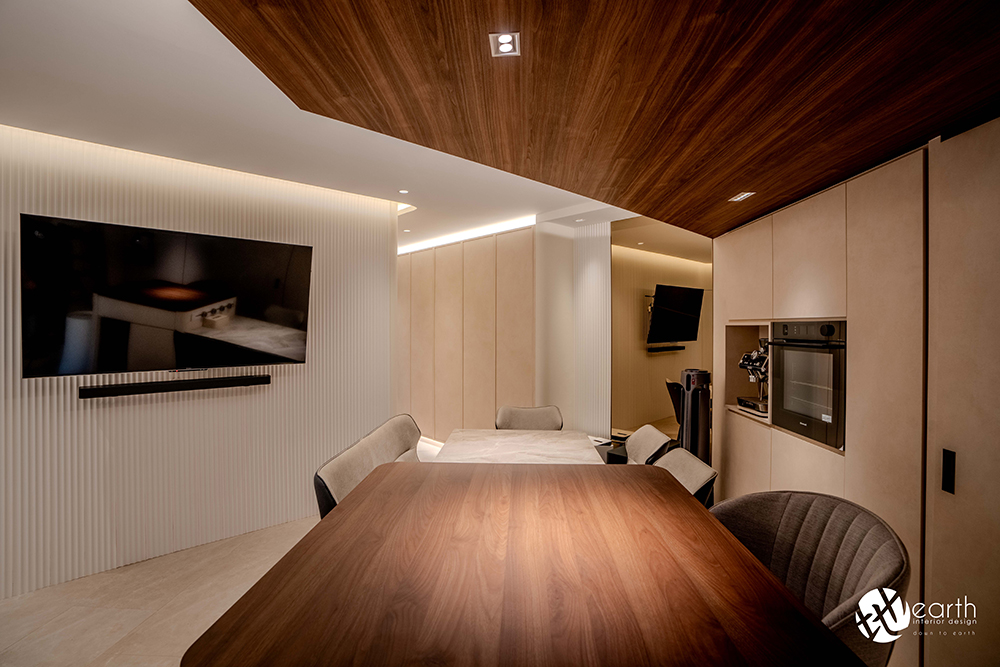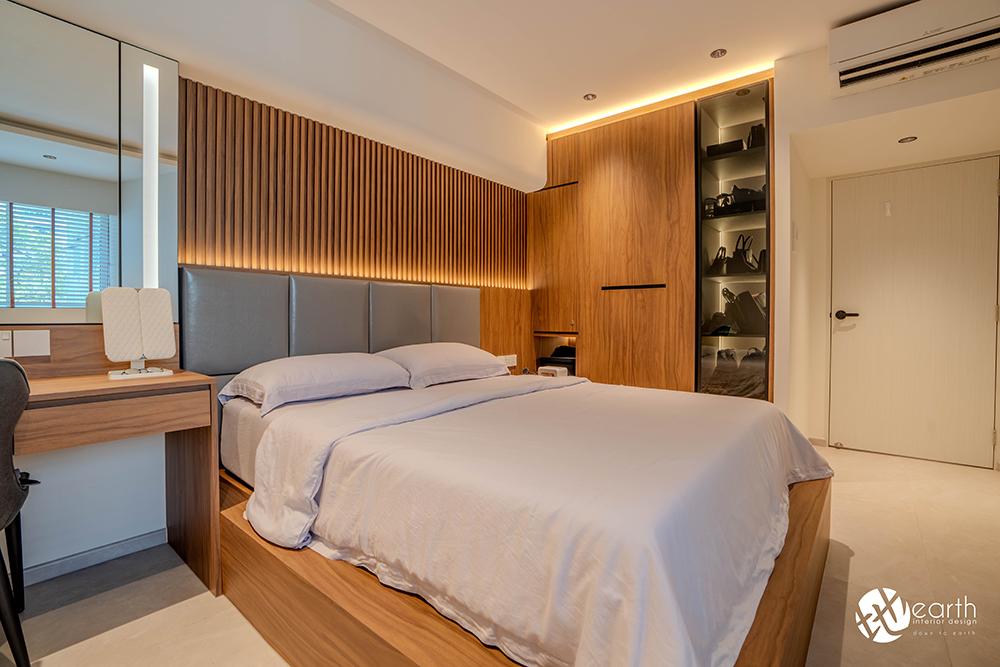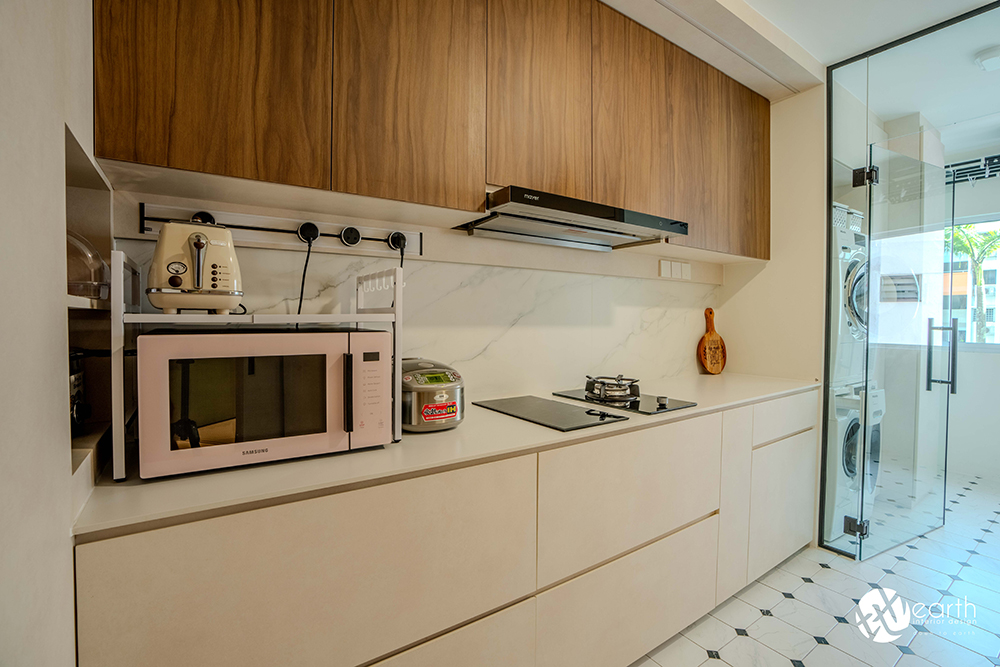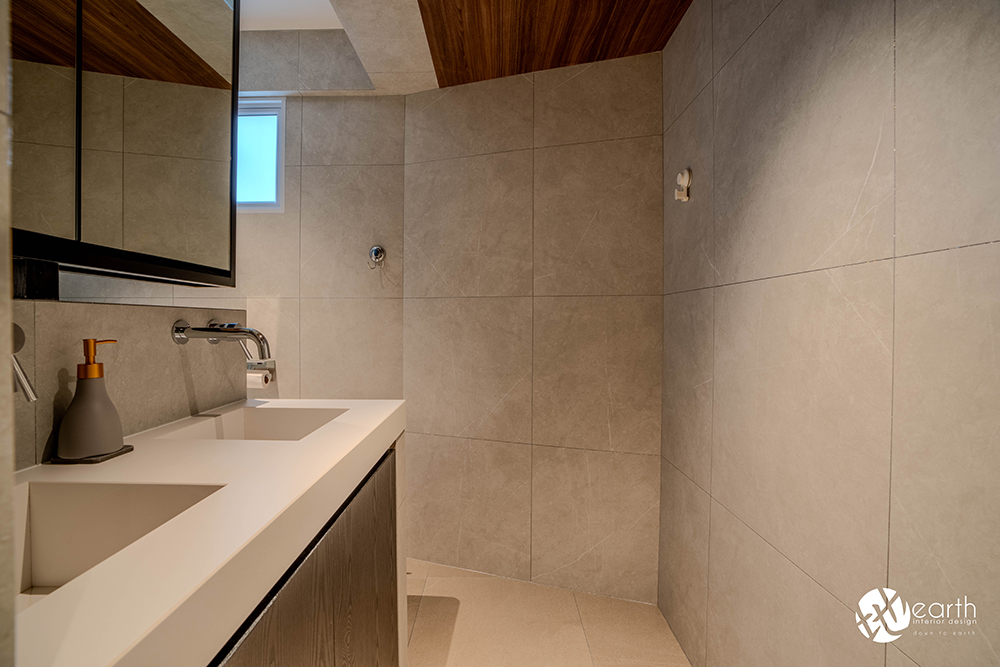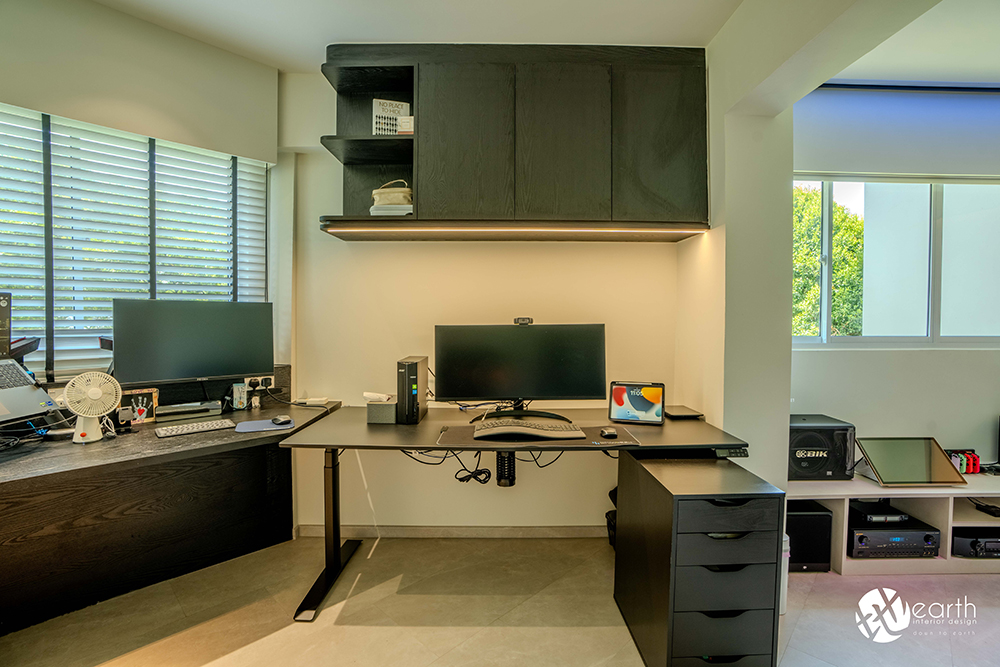To make a home design safe for children, focus on eliminating hazards, ensuring accessibility, and creating a secure environment. Here are practical steps based on current safety recommendations:
Furniture and Fixtures:
- Secure Furniture: Anchor heavy furniture like bookshelves, dressers, and TVs to walls to prevent tipping. Use anti-tip straps or brackets.
- Round Edges: Choose furniture with rounded corners or add edge guards to sharp corners on tables and counters.
- Stable Seating: Ensure chairs and stools are sturdy and won’t tip easily. Avoid lightweight stools that children can move to climb.
Floors and Surfaces:
- Non-Slip Surfaces: Use non-slip rugs with rubber backing or rug pads. Install carpet or soft flooring in play areas to cushion falls.
- Clear Clutter: Keep floors free of small objects, cords, or toys that pose tripping or choking hazards.
- Stair Safety: Install sturdy gates at the top and bottom of stairs. Ensure handrails are low enough for children to reach.
Windows and Doors:
- Window Guards: Install window guards or stops to prevent falls, especially on upper floors. Ensure windows open no more than 4 inches.
- Cordless Blinds: Use cordless window treatments to eliminate strangulation risks from blind cords.
- Door Locks: Place locks or covers on exterior doors and cabinets containing hazardous items (cleaners, medicines, sharp objects) out of children’s reach.
Electrical Safety:
- Outlet Covers: Use tamper-resistant outlets or plug covers to prevent electrical shocks.
- Cord Management: Secure loose cords behind furniture or use cord organizers to prevent pulling or chewing.
- Appliance Safety: Keep appliances like irons or kettles unplugged and stored when not in use.
Kitchen and Bathroom:
- Kitchen: Store knives, scissors, and heavy cookware in locked drawers or high cabinets. Use stove knob covers and turn pot handles inward.
- Bathroom: Set water heaters to 120°F (49°C) to prevent scalding. Use non-slip mats in tubs and lock away toiletries or medications.
- Toilet Locks: Install toilet lid locks to prevent drowning risks for toddlers.
Lighting and Visibility:
- Adequate Lighting: Ensure stairways, hallways, and play areas are well-lit to prevent trips and falls.
- Night Lights: Use soft night lights in bedrooms and hallways for safe navigation at night.
Hazardous Materials:
- Safe Storage: Store cleaning supplies, chemicals, and medications in locked cabinets or high shelves.
- Childproof Containers: Use child-resistant containers for medications and hazardous substances.
Play Areas:
- Soft Surfaces: Use foam mats or padded flooring in indoor play areas. For outdoor spaces, ensure playgrounds have soft surfaces like mulch or rubber tiles.
- Age-Appropriate Toys: Choose toys without small parts for younger children to avoid choking hazards.
Emergency Preparedness:
- Smoke and CO Detectors: Install and regularly test smoke and carbon monoxide detectors on every floor.
- Fire Escape Plan: Create and practice a fire escape plan with child-friendly instructions.
- First-Aid Kit: Keep a well-stocked first-aid kit in an accessible but childproof location.
General Design Tips:
- Open Spaces: Design open layouts to maintain visibility and reduce hidden corners where accidents can occur.
- Child-Friendly Materials: Use non-toxic paints, finishes, and materials to avoid health risks.
- Height Accessibility: Place frequently used items like toys or clothes at child height to avoid climbing.

Additional Tips:
- Regularly inspect the home for new hazards as children grow and become more mobile.
- Teach children basic safety rules, like not touching outlets or climbing furniture.
- Consider consulting a professional childproofing service for a tailored safety assessment.
